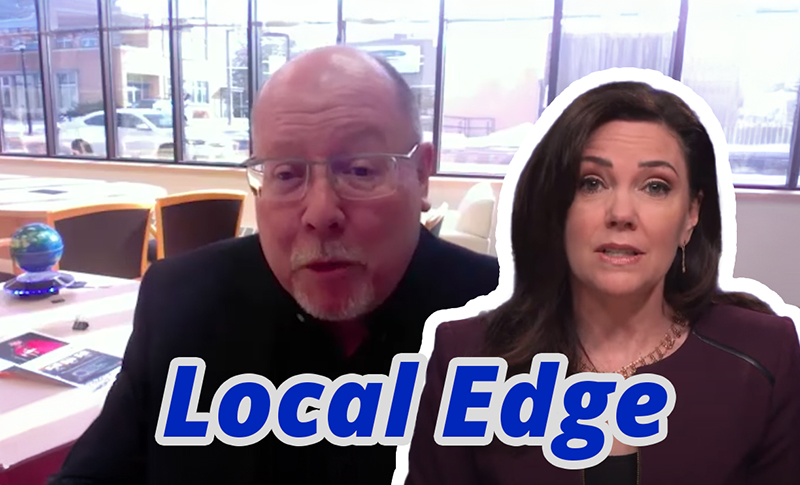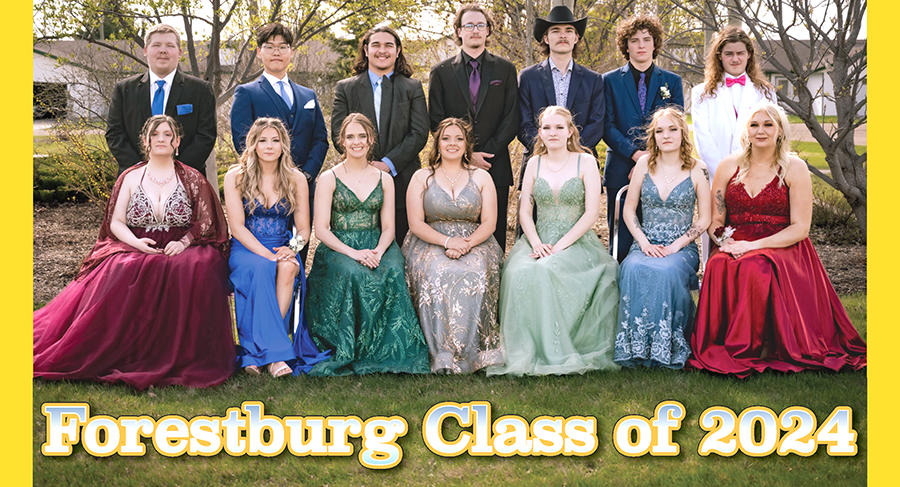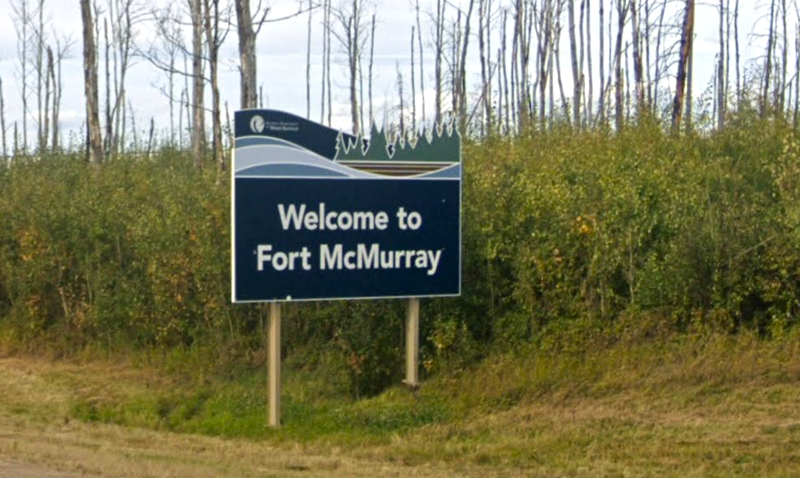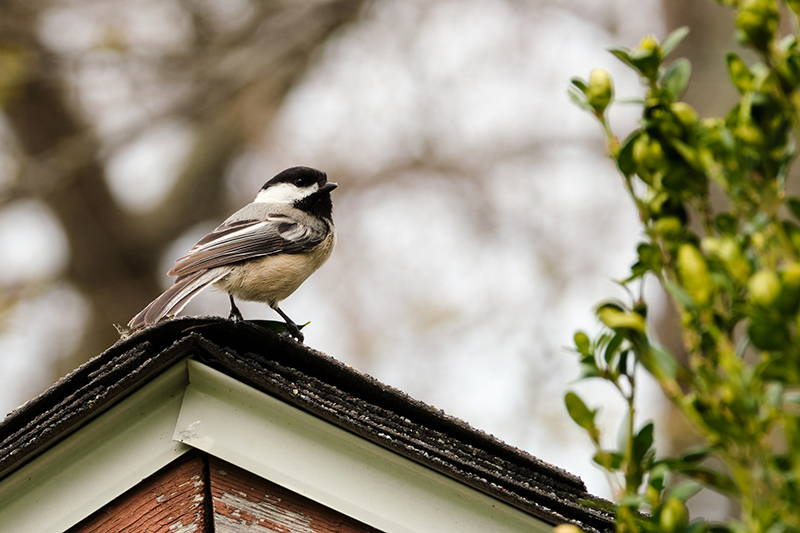Presentation from holocaust survivor delivers a powerful anti-bullying message
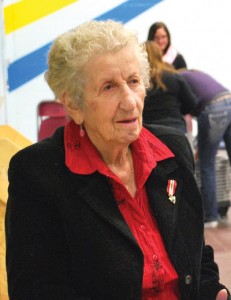 “Powerful.” That is how Sedgewick Central High Vice-Principal Stephen Hoyland described Eva Olsson’s presentation on Thursday, Oct. 2, after she spoke to students from all around Flagstaff County in Sedgewick.
“Powerful.” That is how Sedgewick Central High Vice-Principal Stephen Hoyland described Eva Olsson’s presentation on Thursday, Oct. 2, after she spoke to students from all around Flagstaff County in Sedgewick.
Olsson started by telling students that almost 70 years ago, this month, she lived in a hole in the ground as slave labour.
“I want to talk to you today about hate, bullies, and bystanders,” she said.
She asked the students, teachers, and other members of audience to indicate by a show of hands, “How many of you use the word hate?”
“I don’t use that word,” she said, “hate is a killer, not a joke. I taught my grandchildren not to use it.
“I don’t like being called names, and I don’t like being pushed around, but I don’t hate.”
Olsson said she’d been bullied by the Nazi bullies, “The ultimate bullies.”
Why was she bullied? “Because I was ugly? Because I wore the wrong colour of nail polish? Because of my hair colour? No, it was because I was raised in a different religion.”
“I can’t understand why Canadian children bully each other. Why?”
Olsson asked audience members how many had grandparents who came to Canada from a different country, then told them, “If Canada had not let them in because they were different, this wouldn’t be the country it is.”
She spoke about an incident her grandson in Ontario had experienced, when he was bullied by a student who called him, “A stupid Jew.”
“How can you define stupid by looking?” Olsson asked. She said he didn’t go to the Principal with his story, instead he went to the newspaper. “He wanted everyone to know what was happening in his school.
“It bothered him that a teacher who witnessed the incident decided to be a bystander. He [the teacher] gave power to the bully.
“You make that choice when you decide to be a bystander. If you see some injustice, and you’re afraid to go to a teacher, or the principal, then you are as guilty as the perpetrator. Don’t go there.”
Olsson then talked about her life as a Hungarian Jew during WWII.
She told students that 6,000,000 Jews were killed by Nazi’s just because of their religion, and 5,000,000 others, including Roman Catholic priests, were killed because they helped Jewish families try to escape.
Olsson said 1,500,000 children under the ages of 15 were killed by the Nazis. “Five of those were my nieces, two months old to three-and-a-half years old.”
She said hate silenced 11,000,000 voices, and she was here to speak for them. “When I leave, I hope that I’ve touched just one of you.”
Olsson then told her story, how she went from Hungary, to Auschwitz–a concentration camp, then finally to the Bergen-Belsen work camp.
She talked about being separated from her mother in Auschwitz, and how, at 19-years-old, she wanted to see her again, to apologize for disobeying her.
She talked to students about telling their parents, “I will always love you, even though I disagree with your opinions.
“Tonight is a good time to start, hug your parents, tell them you love them. When you are an adult, you will be glad you did.
“I would have, but it was too late.”
Olsson showed photos of women and children heading to the gas chambers of Auschwitz, just like her mother and nieces.
“Who could do this?” she asked. “Animals? No; animals only kill when they are hungry.
“People carry hate in their hearts. Hate is not a joke, it is a killer.”
As Olsson talked about the concentration camps, she showed photos that depicted scenes of mass genocide to underscore her message.
She told her audience, “Not all Germans were Nazis, and not all Nazis were Germans,” and told them about horrific actions in other countries against prisoners.
To underscore her messages of bullies and bystanders, she talked about the people in Bulgaria, whose farmers and church people got together and stood up to the Nazis. “They were not going to be bystanders.
“Denmark was the same, they protected their Jewish population.”
Olsson said, “A child who comes to school from a compassionate environment will not be a bully. If they have respect for themselves, they will have respect for others.”
She told students that she has made over 3,500 presentations to schools to spread her message.
“You know people die. They die of old age, in accidents, from disease, in time we learn to deal with the loss of our loved ones.
“11,000,000 people died, not of disease or from a natural disaster. What killed them? Hate. That’s not acceptable, unless you condone genocide.”
She asked those present to consciously stop using the word ‘hate’.
“Instead of saying ‘I hate you,’ just stop. Count to 10. Think about a person that died just because that person was hated.”
She finished her story by telling how she’d come to live in that hole in the ground, when Allied troops bombed the barracks the prisoners had been living in with phosphorus bombs that burned them to the ground.
Deathly ill, Olsson wouldn’t give up, she said she worried about her sister, who was still with her at the camp. “I can’t die here, who’s going to look after her?
“I kept hoping that tomorrow would be a better day.”
Read even more of this story in the October 7 edition of The Community Press. Still available on newsstands now!
Leslie Cholowsky
Editor



